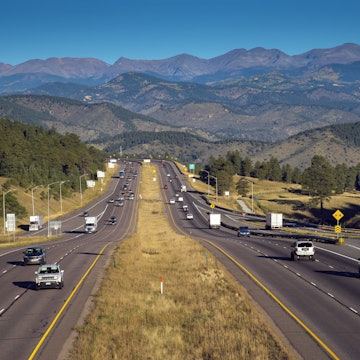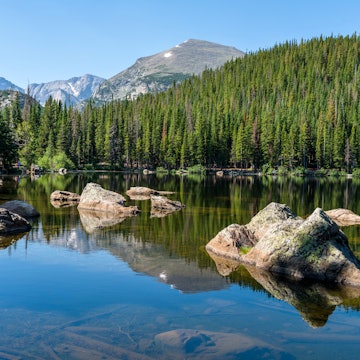

From driving desert highways to public transportation in the major cities, here's how to get around in Utah. Getty Images
Utah is a big state – covering nearly 85,000 sq miles, it's bigger than Great Britain, meaning there are some big distances to cover as you roam around its dramatic landscapes. When traveling around, a car or RV is the easy option, but public buses, commuter trains and light rail transit services are available in the state’s three biggest cities: Salt Lake City, Ogden and Provo.
As the thirteenth largest state in America, Utah has a disproportionate amount of things to see and do and loads of places to visit. This is also the state with the third highest number of national parks, which are known as The Mighty Five. Utah is also world-famous for its red rock canyons, rugged off-roading, scenic byways, and what locals describe as the “greatest snow on Earth.”
In other words, Utah is a car state. But there are other ways of getting around, especially along the vibrant and populous Wasatch Front, the metropolitan corridor containing the state's three biggest hubs. Here’s what you need to know before booking your next trip to the Beehive State.

Driving is recommended for access to everywhere
Since most of Utah is accessible on paved and well-maintained roads, a car, camper or motorcycle is the easiest and most rewarding way to navigate the highways and byways. Having your own wheels gives you the greatest flexibility to explore national parks, follow scenic routes and visit the top spots for activities and culture on your own terms. Rental cars are available at major airports and in cities, and GPS directions work almost 100% of the time.
That said, many people rent 4WD vehicles to access the more remote parts of stunning Southern Utah, but even these areas are often accessible in a conventional car or a crossover vehicle with medium clearance. If you plan to drive to Utah's ski resorts in winter, be advised that the highway patrol will require all-wheel drive or chains to get to the slopes if there's heavy snow.

Why are cars my favorite way to travel in Utah? Having lived in and ventured to virtually every corner of the state over the last 20 years, I wouldn’t have seen and experienced everything this great state has to offer without a car. While tour buses can get you to some of the areas, neither they nor public transport will get you to the greatest of the state's outdoor spaces.
Some advice for first-time visitors – out-of-staters will quickly notice how Utah drivers seemingly have no concept of keeping to the right to allow for faster cars to pass on the left. This can be frustrating but I’ve yet to see it improve in the 20 years I've lived here!
Tip for electric car drivers: Utah has hundreds of charging stations, including in national parks such as Zion, but these are more widely spaced once you leave the Wasatch Front. When visiting remote areas, plan your charging stops ahead.
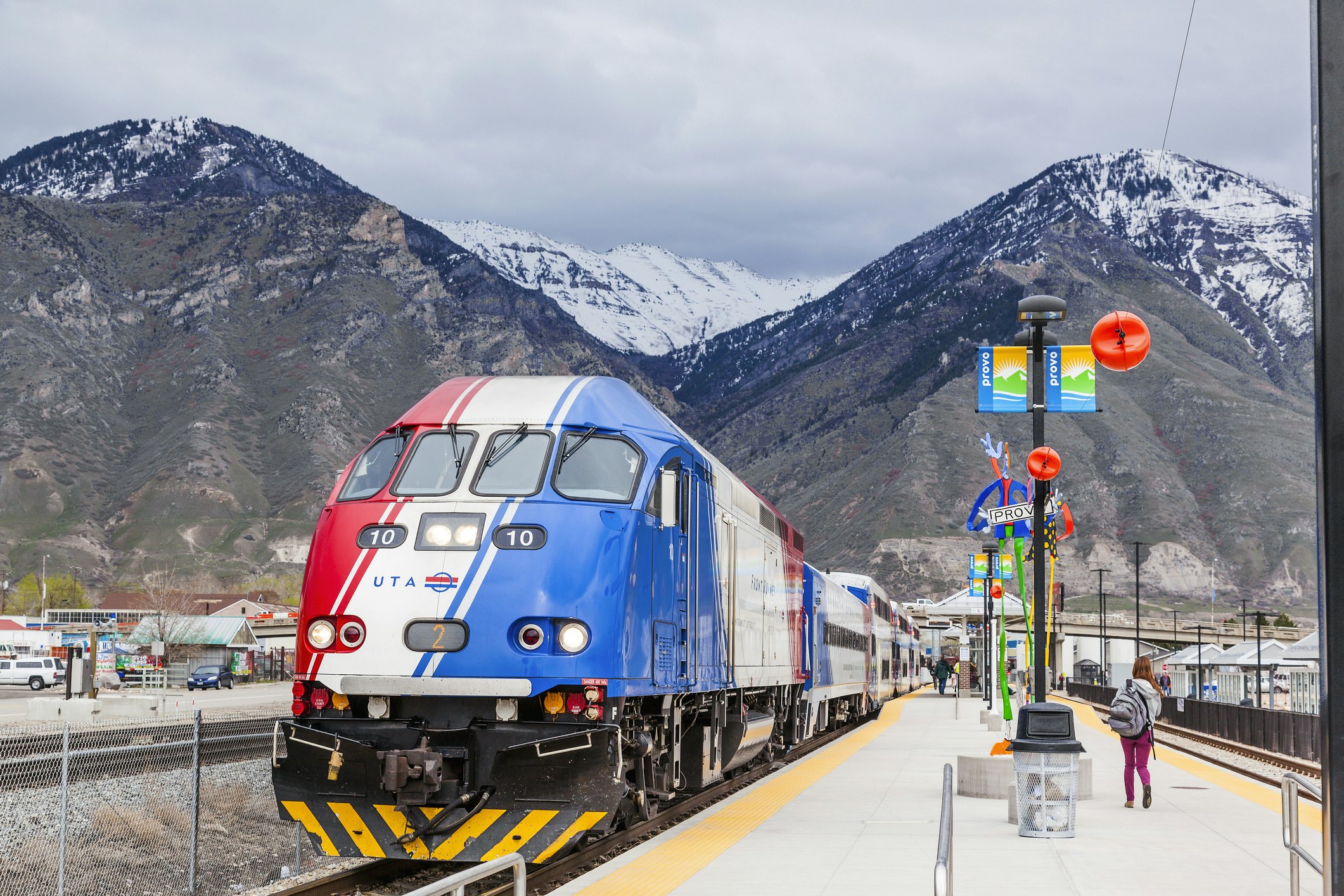
Public transportation is most feasible in the state’s three major cities
If you’re coming to Utah solely to visit Salt Lake, Ogden or Provo (the three biggest cities that make up the Wasatch Front corridor), public transportation can be a viable option for getting around. Indeed, public transport is considerably better here than in many other states. Even skiers can get by on public transport, with seasonal buses to ski resorts around Salt Lake City in winter.
For travel along the Wasatch Front, you can find UTA Buses, FrontRunner commuter trains and TRAX Light Rail rides every 15–20 minutes throughout the day (and every hour or so at night). As with most other forms of public transport, there are fewer services at off-peak times, so these options can double, if not triple, your commute time if you travel at quieter times of day.
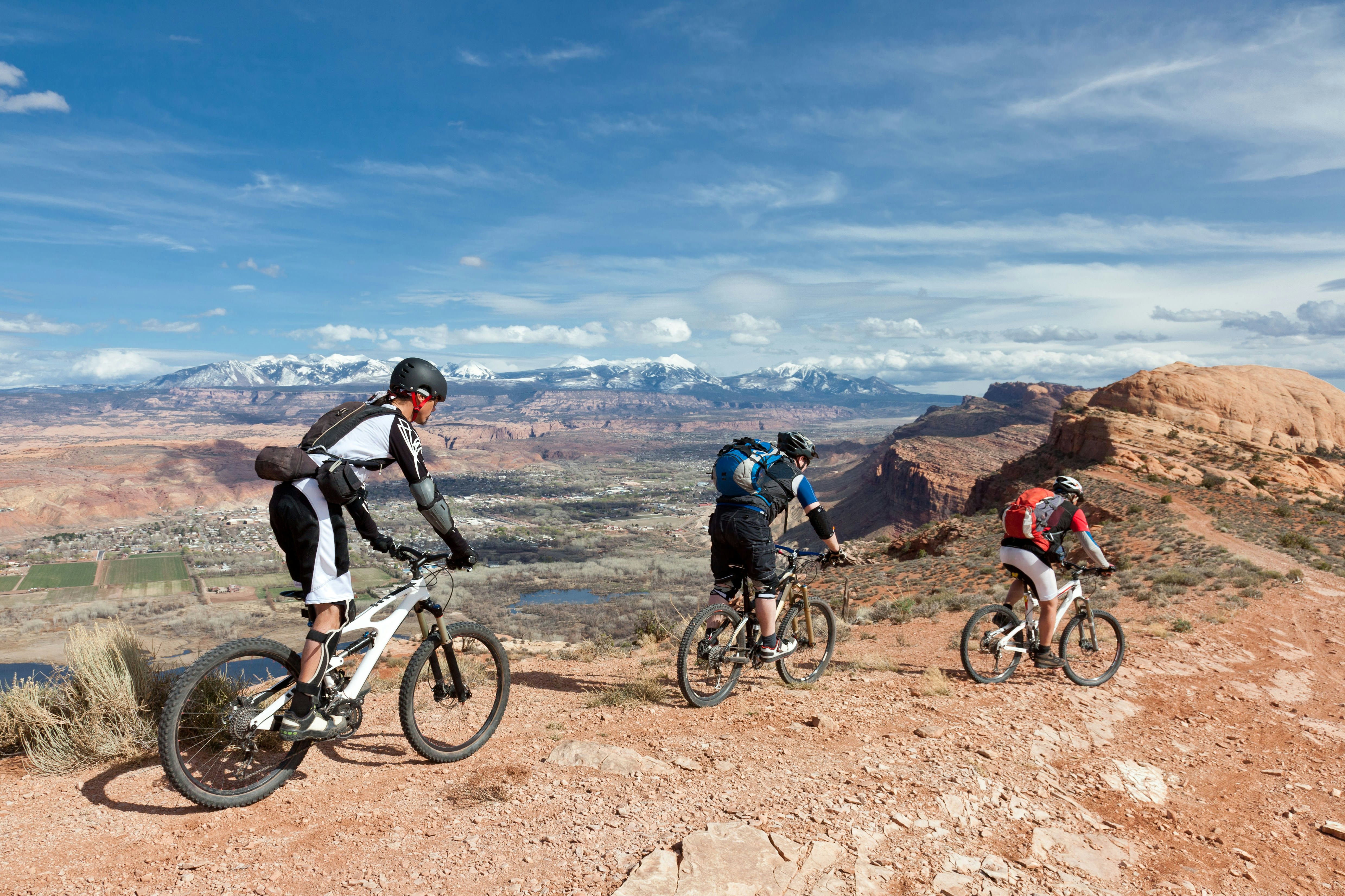
How to get around in Utah without a car
Greyhound
coaches serve long-distance destinations from cities such as Salt Lake City, Provo, Ogden, Green River, Parowan and
St George. Amtrak's Zephyr train stops in Salt Lake, Provo and Green River on its way from Chicago to San Francisco, while the Rocky Mountaineer "Rockies To The Red Rocks" train connects Moab and Denver. Planes connect Salt Lake City to other urban hubs and to tourist destinations such as Moab (via tiny Canyonlands airport).
Biking is a good option in major cities and public buses have bike racks to help you travel between these hubs. It’s possible (though difficult, due to elevation changes) to bike directly along the north–south corridor of the Wasatch Front following Interstate-15, though there are some restrictions around Salt Lake City. Cycle touring is also an option in many national parks and off-road cycling is a popular way to explore adventure hubs such as Moab.
Tips for ridesharing in Utah: In addition to local public transportation, ridesharing is a popular way to get around the Wasatch Front and the half-dozen ski resorts that dot the area. Lyft is the more popular and slightly more affordable rideshare option.
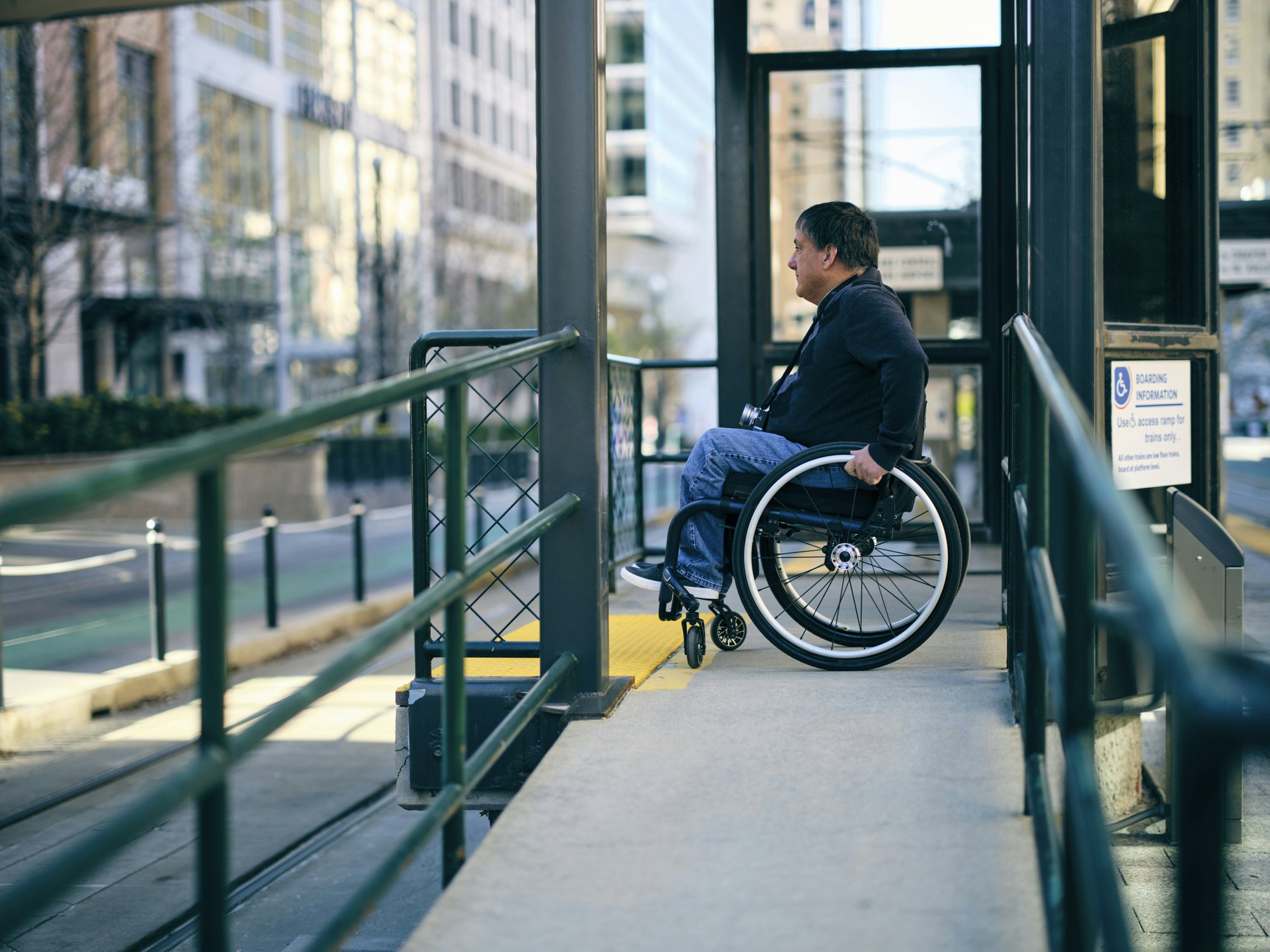
There are good accessible facilities throughout Utah
Utah does a good job of helping people with disabilities navigate the state. There are disabled parking spaces at restaurants, shopping areas, tourist sights and national parks. All public transportation provides wheelchair access and assistance, too. Visit Utah has some useful resources for travelers with disabilities.
Transport Passes for major cities
Utah Transit Authority provides various passes for transport around Salt Lake City and other Wasatch Front cities, including day passes and monthly passes. You can also pay with a Farepay card or the Transit app. And there's a fare-free zone for transport around central Salt Lake City by bus or TRAX train.








